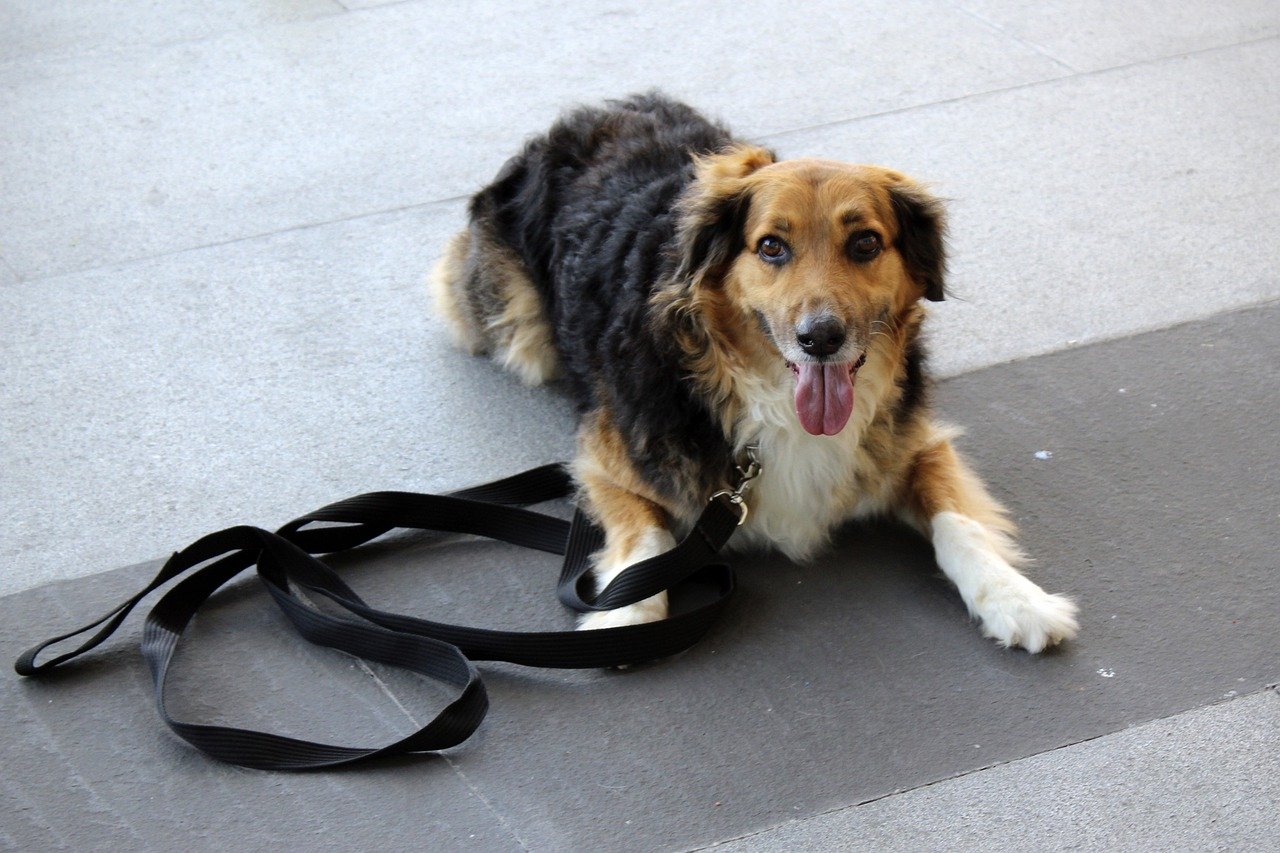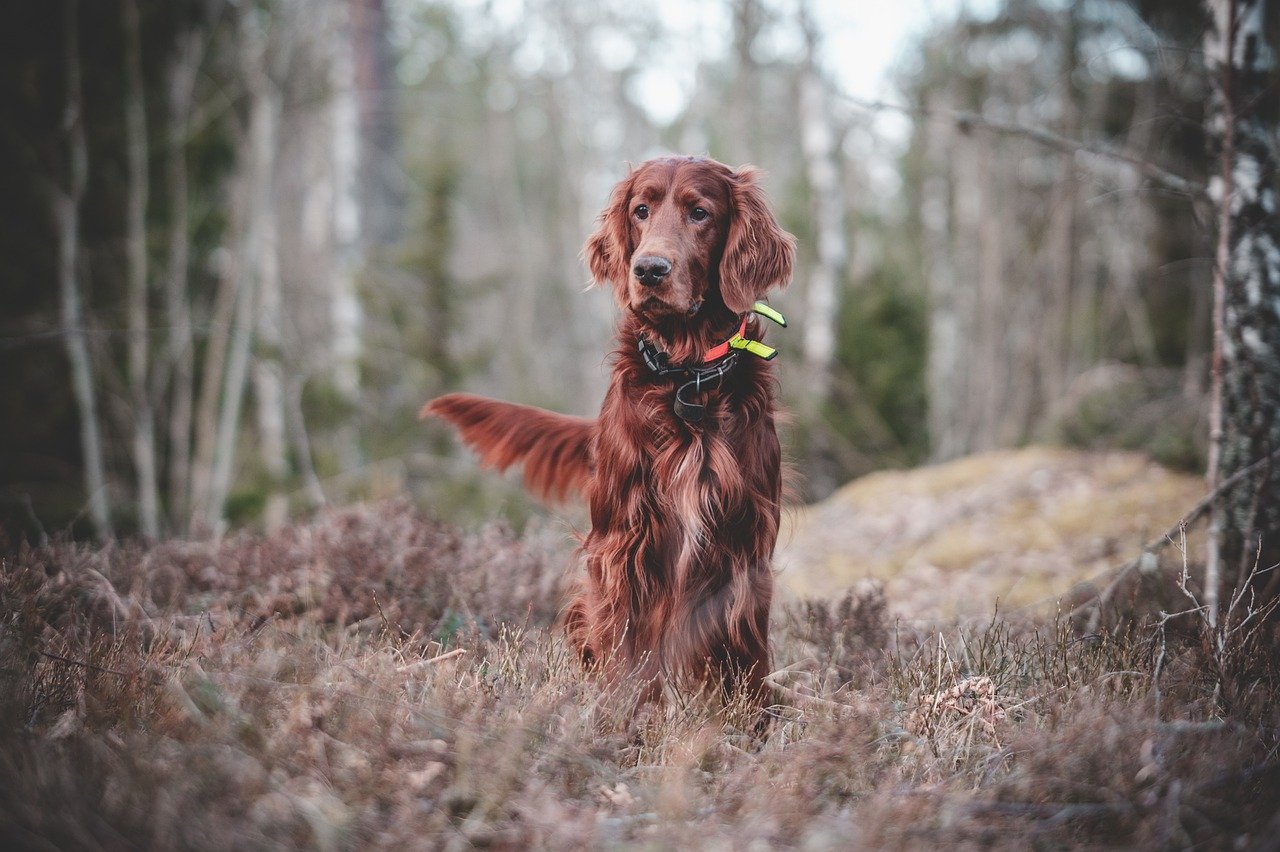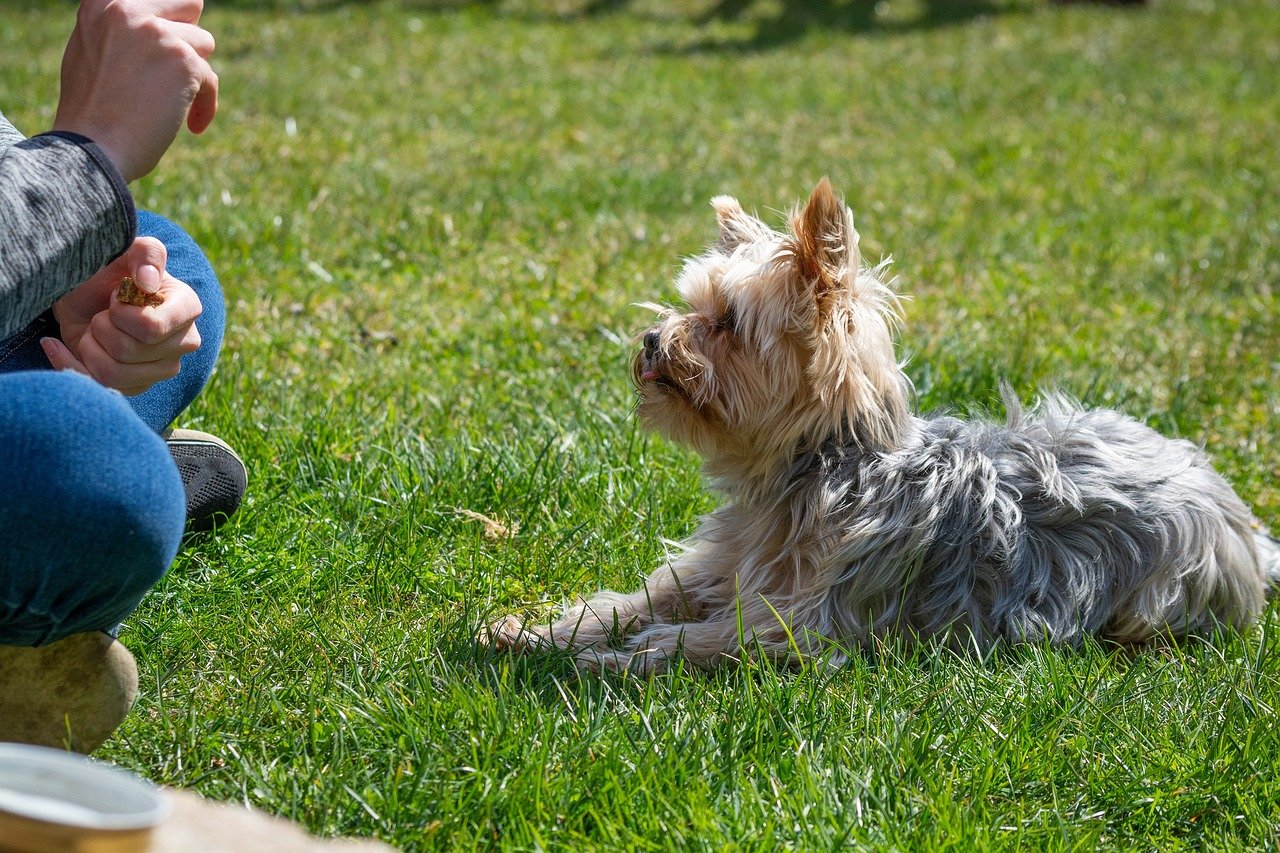Dogs, our loyal companions, have been at our sides for centuries. They wag their tails in joy when we come home and comfort us during tough times. However, there are certain commands that, despite our best intentions, frustrate or confuse them. As we delve into this topic, we’ll explore the one command dogs wish their owners would stop giving and nine more that they find perplexing. Understanding these can help strengthen the bond between humans and their furry friends, ensuring a harmonious relationship.
The Command Dogs Wish Would Disappear: “Stay”

Dogs are eager to please and quick to learn, making training an essential part of their bond with humans. However, not all commands are as helpful or enjoyable for our furry companions as we might think. In fact, there’s one common command that many dogs find confusing, frustrating, or even stressful. While well-intentioned owners may use it frequently, it might not be as effective as they hope.
“Stay” is often used to keep dogs in one spot, but many dogs find it confusing and frustrating. Imagine being told to sit still when all you want to do is explore or greet a friend. For dogs, this command can feel like a barrier to their natural instincts. While it’s crucial for safety at times, overusing “stay” can lead to anxiety. Dogs thrive on interaction and movement, and being forced to pause can be perplexing. Moreover, when “stay” is used excessively, it can weaken a dog’s confidence. They might begin to second-guess their actions, wondering if they’re making a mistake. It’s essential to balance discipline with understanding. Instead of frequently using “stay,” consider redirecting their energy with another command or activity. This way, they remain engaged and happy.
“No”: The Vague and Overused Directive
The command “no” is often used as a quick way to stop unwanted behavior. However, this word lacks specificity and can be confusing. Dogs don’t inherently understand what they’re doing wrong when they hear “no.” It’s similar to being scolded without explanation. Instead, specifying the behavior you want to correct can be far more effective. For instance, if your dog is jumping on the couch, instead of just saying “no,” try “off” or “down.” These commands give them a clear idea of what action you desire. It’s about clarity and communication. Over time, this approach will help them learn more effectively and reduce frustration.
“Heel”: The Constraint on Exploration
Walking on a leash is a skill that every dog should master. However, the command “heel” can sometimes stifle their natural curiosity. Dogs, by nature, are explorers. They sniff and observe their surroundings as a way to understand the world. When constantly told to “heel,” they might feel restricted and miss out on stimulating experiences. Instead of always enforcing “heel,” allow them moments to explore safely. This can be compared to letting a child wander in a park. They need moments of freedom to satisfy their curiosity. By balancing structured walks with exploratory ones, you can make the experience enjoyable for both you and your dog.
“Sit”: The Overemphasized Basic

“Sitting” is often one of the first commands taught to dogs. While it’s a useful command, overemphasizing it can become monotonous. Dogs might feel like they’re being tested constantly, leading to boredom. It’s like being asked to recite the alphabet repeatedly when you already know it by heart. Instead, integrate “sit” with other commands or tricks. Make the learning process dynamic and engaging. By doing so, your dog remains mentally stimulated and sees training as a fun activity rather than a chore.
“Leave It”: The Misunderstood Prohibition

“Leave it” is vital for ensuring dogs don’t ingest harmful items, but it can be misunderstood. Dogs see the world through their mouths, and when told to “leave it,” they might not grasp the reason. It can feel like being denied a treat without knowing why. To make “leave it” more effective, reward them when they comply. This reinforces positive behavior and helps them associate the command with something beneficial. Over time, they’ll understand its importance and respond more willingly.
“Quiet”: The Confusing Call for Silence
Barking is a natural form of communication for dogs. When they’re told to be “quiet,” it can be confusing. Imagine being told not to talk when you’re trying to express joy, fear, or excitement. For dogs, barking is an instinctual response to stimuli. Instead of using “quiet,” try understanding the reason behind their barking. Addressing the root cause can be more effective than simply silencing them. Whether it’s excitement, fear, or a need for attention, recognizing their emotions can lead to better communication.
“Down”: The Ambiguous Command

The command “down” can be ambiguous, especially if it’s used interchangeably with “off.” Dogs might not understand whether they’re supposed to lie down or get off furniture. This ambiguity can lead to confusion and frustration. To clarify, use distinct words for different actions. For instance, use “lie down” for resting and “off” for getting down from furniture. This distinction helps dogs understand the specific action you desire, reducing misunderstandings.
“Come”: The Reluctant Return
“Come” is essential for recall, ensuring dogs return to their owners. However, if used solely during negative experiences, dogs might hesitate to respond. It’s akin to being called back to work when you’re on a break. To make “come” more appealing, associate it with positive experiences. Call them for treats, playtime, or affection. Over time, they’ll associate the command with pleasant outcomes, making them more likely to respond eagerly.
“Wait”: The Unwanted Pause
“Wait” is often used to pause a dog’s actions, but it can be frustrating. Dogs, especially energetic ones, might find it challenging to halt their momentum. It’s like being told to stop mid-sprint when you’re full of energy. Instead of using “wait” frequently, redirect their energy with alternative activities. This keeps them engaged without feeling restricted. It’s about channeling their enthusiasm productively.
“Shake”: The Overused Trick
“Shake” is a popular trick that many dogs learn. However, if overused, it can lose its novelty. Dogs might start associating it with every interaction, leading to confusion. It’s similar to being asked the same question repeatedly. To keep “shake” special, use it sparingly and reward them when they perform it. This maintains its charm and ensures your dog remains enthusiastic about showing off their skills.
In understanding these commands and their impact, dog owners can foster a more meaningful relationship with their pets. By being mindful of how we communicate, we can ensure our dogs feel supported rather than restricted. Ultimately, this knowledge empowers dog lovers to create an environment where both humans and dogs thrive together.

Born and bred in South Africa, a Capetonian at heart. Amy-Leigh’s love for nature and animals was inherited from her Dad. He loves taking the family on road trips to experience nature at its finest; Amy-Leigh’s favourite being whale watching in Hermanus and spotting Kudu along the West Coast. Amy-Leigh holds a BA in English Literature and Communication Studies.





